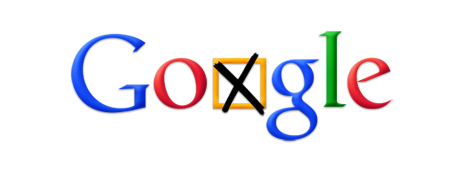 DreamWorks Animation SKG delivers "high-quality family entertainment through the use of computer-generated animation." But in order to create these high-quality films, it is necessary to be innovative in every aspect of a movie to make it compelling enough to attract viewers. In order to motivate its employees, management is responsible for fostering that innovation by creating a hospitable atmosphere. With 325,000 square feet of luxurious studios, infused with koi ponds and game rooms, the employees are set up to enjoy themselves. Even holding movie nights of some of its successful releases, employees barely seem to be working. By enabling employees to relax and enjoy their workplace, DreamWorks develops trust within its employees.
DreamWorks Animation SKG delivers "high-quality family entertainment through the use of computer-generated animation." But in order to create these high-quality films, it is necessary to be innovative in every aspect of a movie to make it compelling enough to attract viewers. In order to motivate its employees, management is responsible for fostering that innovation by creating a hospitable atmosphere. With 325,000 square feet of luxurious studios, infused with koi ponds and game rooms, the employees are set up to enjoy themselves. Even holding movie nights of some of its successful releases, employees barely seem to be working. By enabling employees to relax and enjoy their workplace, DreamWorks develops trust within its employees.As an example, the CEO of DreamWorks, Jeffrey Katzenberg was known as a demanding, hard-nosed executive when he spent his time with Disney overseeing operations. When he arrived at DreamWorks, he was ill-equipped on some managerial tactics, such as making his employees happy, and quickly learned the importance of it. In recent interactions with the director of Kung Fu Panda 2, Jennifer Yuh Nelson, Katzenberg goes out of his way to ask about employee satisfaction, and provides Nelson with confidence by positively reinforcing her decisions. Having the CEO champion the actions and decisions of the company provides the employees with a mentality that management truly cares about the output of work, and creates an excellent environment for success.
Finally, DreamWorks implemented a program called "Life's a Pitch," in which each employee is charged with contributing towards the firm's productions. Employees ranging from accountants to engineers are tasked to come together and pitch their own ideas in a collaborative setting to utilize their creativity and be a part of the films that they make. Through these workshops, DreamWorks takes advantage of the strong culture to implement cross-functionalism and a better distribution of ideas.
 By succeeding in these aspects within its culture, we believe that DreamWorks is a positively deviant company that enforces success through happy, motivated employees. By having the CEO champion this value and enabling an atmosphere where employees can be happy, DreamWorks fosters a strong culture that is almost unrivaled. Through the usage of group dynamics, teamwork, and trust, DreamWorks is a model company for any individual wishing to study how to best build a cooperative team in a stressful industry.
By succeeding in these aspects within its culture, we believe that DreamWorks is a positively deviant company that enforces success through happy, motivated employees. By having the CEO champion this value and enabling an atmosphere where employees can be happy, DreamWorks fosters a strong culture that is almost unrivaled. Through the usage of group dynamics, teamwork, and trust, DreamWorks is a model company for any individual wishing to study how to best build a cooperative team in a stressful industry.













